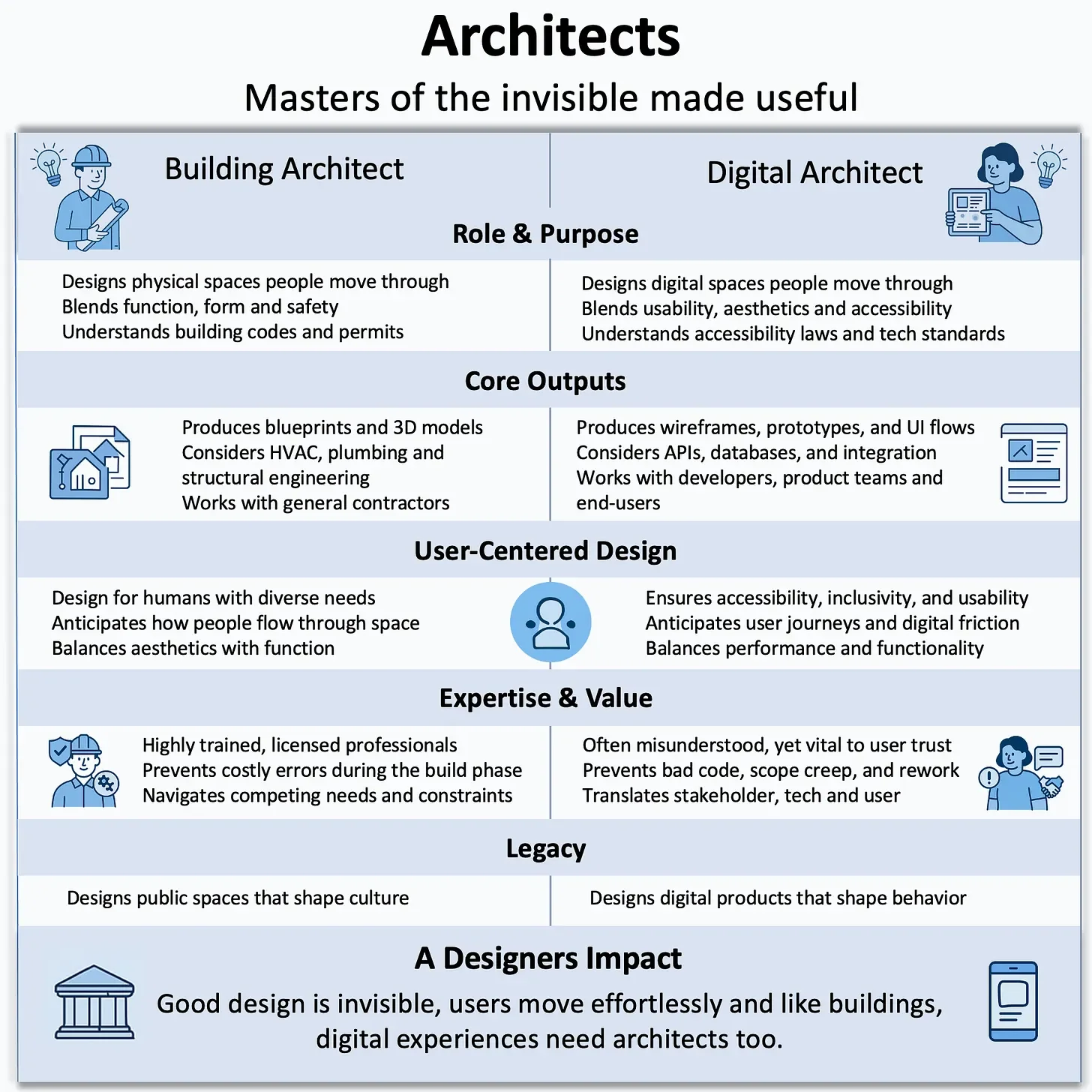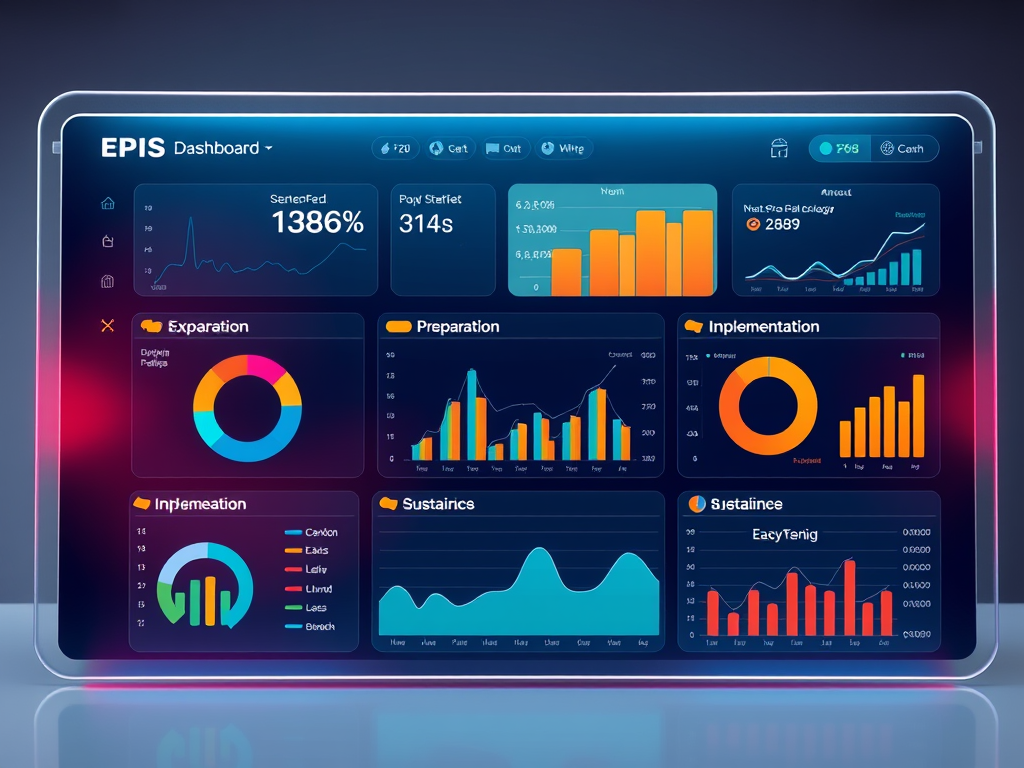
Exploring the Implications of Quantum Collapse on Computing
The measurement problem in quantum mechanics significantly influences the advancement of quantum computing. It involves superposition and wave function collapse, where measurements reduce multiple possible states to a single outcome. Addressing the complexities of measurement is crucial for reducing errors in quantum algorithms, fundamentally impacting their success and efficiency in practical applications.

Quantum Entanglement: 'Spooky Action at a Distance'
In 1935, Albert Einstein, Boris Podolsky, and Nathan Rosen published a paper addressing the conceptual challenges posed by quantum entanglement [1]. These physicists argued that quantum entanglement appeared to conflict with established physical laws and suggested that existing explanations were incomplete without the inclusion of undiscovered properties, referred to as hidden variables. This argument, later termed the EPR argument, underscored perceived gaps in quantum mechanics.

Transforming Data into Actionable Insights through Design
At the age of fifteen, I secured a summer position at a furniture factory. To get the job, I expressed my interest in technology and programming to the owner, specifically regarding their newly acquired CNC machine. To demonstrate my capability, I presented my academic record and was hired to support a senior operator with the machine.
That summer, I was struck by the ability to control complex machinery through programmed commands on its control board. The design and layout of the interface, as well as the tangible results yielded from my input, highlighted the intersection of technical expertise and thoughtful design. This experience sparked my curiosity about the origins and development of such systems and functionalities.

The Quantum Realm: Our Connection to the Universe
When we close our eyes and place our hand on our forehead, we perceive the firmness of our hand and the gentle warmth of our skin. This physical sensation, the apparent solidity and presence of our body, seems tangible and reassuring. However, at the most fundamental level, our bodies are composed almost entirely of empty space. Beneath the surface of our bones, tissues, and cells, we find that our physical form is constructed from atoms, which themselves are predominantly made up of empty space, held together by the invisible forces of electromagnetism. The idea that we are, in essence, built from empty space can feel unsettling, yet it is central to our understanding of quantum mechanics.

Atom Loss: A Bottleneck in Quantum Computing
Until recently, quantum computers have faced a significant obstacle known as ‘atom loss’, which has limited their advancement and ability to operate for long durations. At the heart of these systems are quantum bits, or qubits, which represent information in a quantum state, allowing them to be in the state 0, 1, or both simultaneously, thanks to superposition. Qubits are formed from subatomic particles and engineered through precise manipulation and measurement of quantum mechanical properties.

Bringing Ideas to Life: My Journey as a Product Architect
Lately, I have been reflecting on what drew me, as a designer, to write about topics such as artificial intelligence and quantum computing. I have been fascinated with both topics and how they have transformed that way we view the world. Everything we see today in terms of advancements in AI and quantum computing started with an idea, brought to life through innovation and perseverance.

Quantum Computing: Revolutionizing Industry and Science
Quantum computing harnesses quantum mechanics principles like superposition and entanglement to revolutionize fields such as pharmaceuticals and logistics. By enabling rapid computations and improved learning, it holds promise for breakthroughs, including artificial general intelligence. Ongoing investments aim to develop reliable quantum systems with the potential to transform industries significantly.

The Principles of Quantum Computing Explained
Quantum computing has transitioned from theory to reality, with various companies developing mainstream hardware. It utilizes qubits, enabling superposition, entanglement, and interference to solve complex problems differently than classical computers. Advances in superconducting processors drive the technology forward, while researchers address challenges in scaling and error correction for practical applications.

Applying the EPIS framework to Dashboard Design and Implementation
The EPIS framework outlines a four-phase approach—Exploration, Preparation, Implementation, and Sustainment—designed to create user-centered dashboards. This methodology emphasizes understanding user needs, ensuring data clarity, and promoting sustainability. By iteratively evaluating and refining dashboard designs, EPIS supports effective decision-making and enhances user experience across diverse applications.

Dashboards Drive Great User Experience
We discuss the importance of application dashboards, drawing parallels to car dashboards that provide critical information for driving. Effective dashboards should meet user needs, be user-friendly, customizable, and designed for real-time updates. Types include strategic, operational, and analytical dashboards, each serving distinct purposes for data interpretation and decision-making.

How To Build Large Language Models
Large Language Models (LLMs) utilize AI algorithms with extensive datasets to generate and understand content. Their development involves curating data, selecting architectures (like transformers), and employing training methods, including reinforcement learning. Ethical considerations are crucial to prevent bias and protect privacy. Skills in programming, machine learning, and data management are essential for successful LLM deployment.

The Evolution of Large Language Models: From Recurrence to Transformers
Large Language Models (LLMs) have gained momentum over the past five years as their use proliferated in a variety of applications, from chat-based language processing to code generation. Thanks to the transformer architecture, these LLMs possess superior abilities to capture the relationships within a sequence of text input, regardless of where in the input those relationships exist.

Large Language Models: Principles, Examples, and Technical Foundations
Large Language Models (LLMs) are Artificial Intelligence algorithms that use massive data sets to summarize, generate and reason about new content. LLMs use deep learning techniques capable of broad range Natural Language Processing (NLP) tasks. NLP tasks are those involving analysis, answering questions through text translation, classification, and generation [1][2].

Retail Is Entering Its Agentic AI Era
AI agents are redefining retail and are evolving into autonomous assistants that plan, recommend and take action. One of the most prominent examples of this shift is Walmart’s “Sparky”, a conversational AI shopping assistant in the mobile app that can understand customers shopping needs, suggest relevant products, answer questions and provide recommendations based on preferences [1]. Walmart is betting big on AI to drive its e-commerce growth and is aiming for online sales to account for 50% of its total sales [2].

Learning to Lead in the Wilderness
On an early winter morning in 1996, I heard a loud knock on my dorm room door. It was 2 a.m., and as I was waking up, I could gather some of the words spoken loudly by my wilderness instructor, Tom Lamberth, from behind the door.
“Good morning Baha, there is a missing skier, and we have been called to assist in the search. We leave in 40 minutes.”
That’s all Tom said as he continued his rush down the hallway to wake up the rest of the team members in their rooms. Tom was the wilderness instructor during my time at the United World College of the American West (UWC USA) in New Mexico. The reason he was knocking on my door early that morning, I was a team leader in the wilderness program.

The Power of Optimism in Design: Lessons from Sales and Personal Experience
In his book Learned Optimism Martin Seligman describes a study in 1985 that focused on fifteen thousand insurance agent applicants to Met Life [1]. The study involved one thousand of the fifteen thousand applicants who failed the standard industry test, but who took an additional test called the ASQ that determined whether they were optimists or pessimists. The higher the ASQ score the more optimistic an agent was determined to be. The goal of the study was to hire these agents as part of Met Life’s workforce and measure the performance of optimistic agents compared to the pessimistic ones.

How My Human-Computer Interaction (HCI) Research Shaped My Design Career
The methodology and best practices behind design are constantly evolving, yet they have always been deeply rooted in Human-Computer Interaction (HCI). I think about how my career progressed in context with the rapidly changing nature and landscape of design and usability, especially when it comes to the lightning speed with which AI technologies have evolved and the ubiquity of user interfaces and technologies supporting them.

Designing with Empathy: A Universal Practice for Meaningful Collaboration
On a recent project I worked on I found that I was not very clear on the subject matter and the complexity of the problems that were presented. I did not know any of the business stakeholders well, and while I had previously worked with some of the project team members, I had not yet developed a meaningful working relationship with them. I needed to get up to speed quickly so that I could start thinking about how to run discovery sessions, and how to frame the problem and ask the right questions in my stakeholder interviews.

Why AI Won’t Replace Designers: The Human-Centered Core of Design
In this article, I discuss why design serves as an excellent example of a profession that defines how AI can assist designers by allowing them to produce superior designs with greater efficiency, rather than supplanting the essential skills that proficient designers contribute to their field. I show how AI can make the future of design more exciting and promising as the technology continues to evolve and enable designers to do more. In the process, AI will enable designers to focus on developing the design skills that matter, namely those anchored deeply in design thinking, empathy and user research.

Case Study: Designing an AI-Driven Product with Strategic Ownership
In this case study, we examine a team that has recognized the potential of Machine Learning (ML) and Artificial Intelligence (AI) to refine and enhance a longstanding methodology for forecasting product order volumes. By leveraging AI and ML, the team can achieve more precise ordering based on those forecasts, while also gaining the capability to monitor market prices and receive insights on how to adjust orders to minimize costs. Historically, this team has relied on Excel for manual and meticulous user input, maintaining continuous communication among members and adhering to a process honed over several decades. While this approach has been effective, they have now realized that integrating AI and ML can significantly enhance their workflow by handling larger datasets at a faster pace and generating profound insights aimed at maximizing efficiency, reducing costs, and driving business growth.
